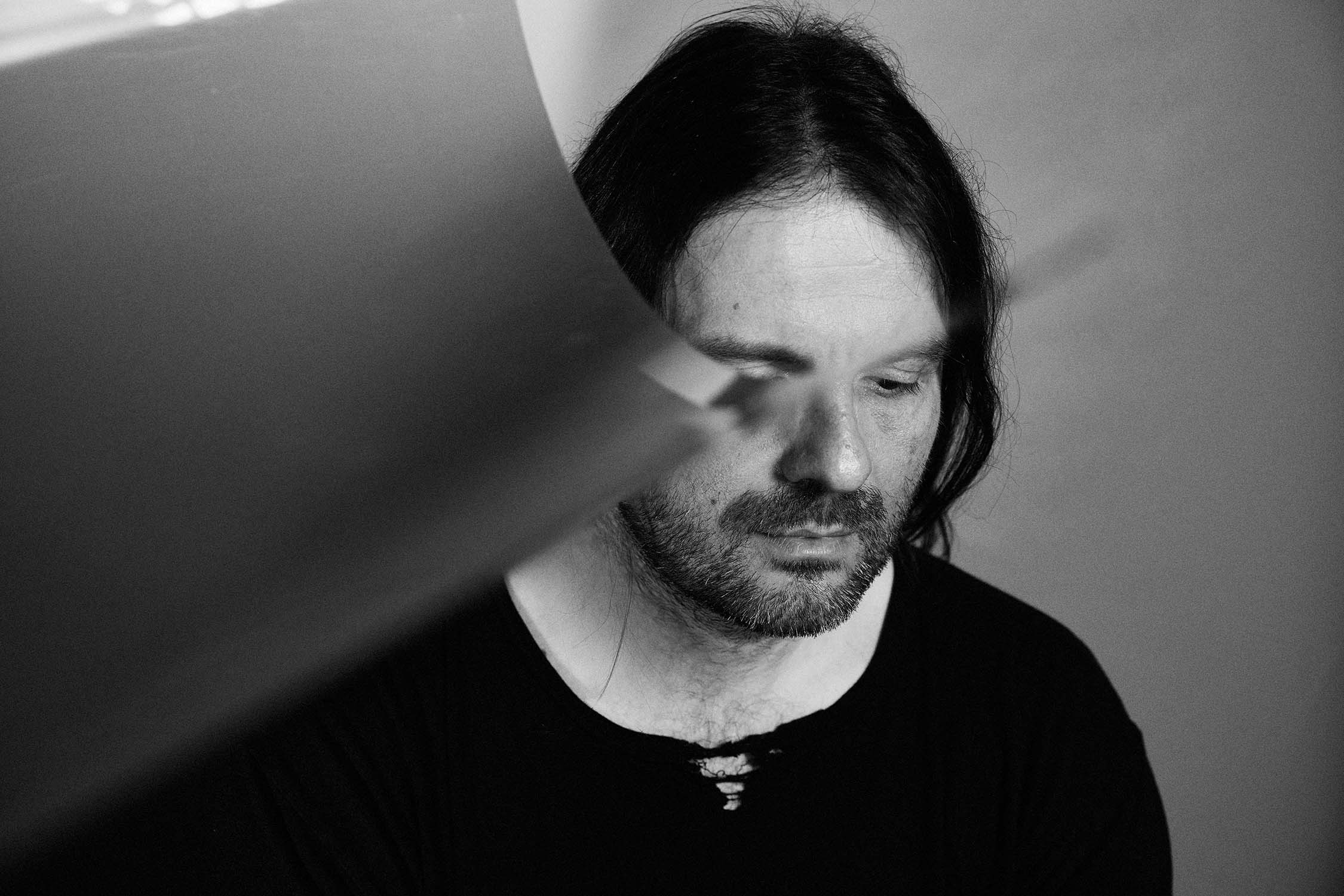ALESSANDRO CORTINI
INNER_SPACES AUTUMN 2023 - MEMORY AND CREATIVE CONTINUITY

Monday, 4th December
h.21 Auditorium San
CONCERT
FRANÇOIS BAYLE (1932)
Tremblement de terre très doux (1978)
ALESSANDRO CORTINI (1979)
Live A/V
Lighting up the last stage of the festival with a live audiovisual performance on Monday, Dec. 4, is another world-renowned Italian artist, Alessandro Cortini. Celebrated not only as keyboardist of the American industrial band Nine Inch Nails, he is the only musician from our country inducted into the Rock and Roll Hall of Fame. A meticulous producer and eclectic multi-instrumentalist, Cortini, who started out as a rock guitarist, specializes in the use of synthesizers, including the recent Strega (which he designed himself), which combines the functions of a semi-modular synthesizer and an effects unit capable of both generating sounds and processing external signals. His recording studio, for the past few years near Lisbon, is filled with vintage instrumentation, rarities and arcane equipment: impressive modular systems, tube drum machines, disused computer monitors and other vintage machinery. In the studio as well as live, his work draws from the kosmische of the 1970s, the ecstatic stillness of ambient and the depth of drone music. What sets him apart more than any style, however, is his sonic character, at once ancient and futuristic, as well as the almost tangible chromaticism of his chiaroscuro compositions.
Opening the evening was a milestone of acousmatic music, ‘Tremblement de terre très doux’, created by François Bayle in 1978. The work is presented as a vast mosaic composed of eleven pieces. The title – in homage to the painter Max Ernst – is intended to evoke the world of sound images tuned to the fantasy of unexpected relationships. In the introduction to the piece, the French musician writes: ‘the strange comes from what is familiar. What do these reels, these murmurs, these sonorous outbursts, this singing, these peaceful spins, these sudden deflagrations, these calm resumptions recall and evoke? The subterranean properties of listening gently propel ideas … The journey of the work could also represent the dramatic unfolding of a day (of a life?), from dawn to dusk, passing through anxious encounters. The ‘narrative’ organises regulated musical values where harmonic timbres, closed spaces, muffled movements, shimmering, a moment of panic and a reprise in the lower register that hangs in the balance…”
